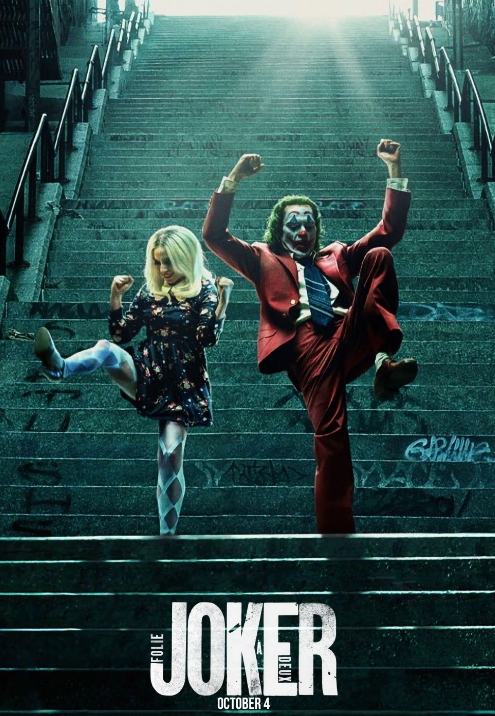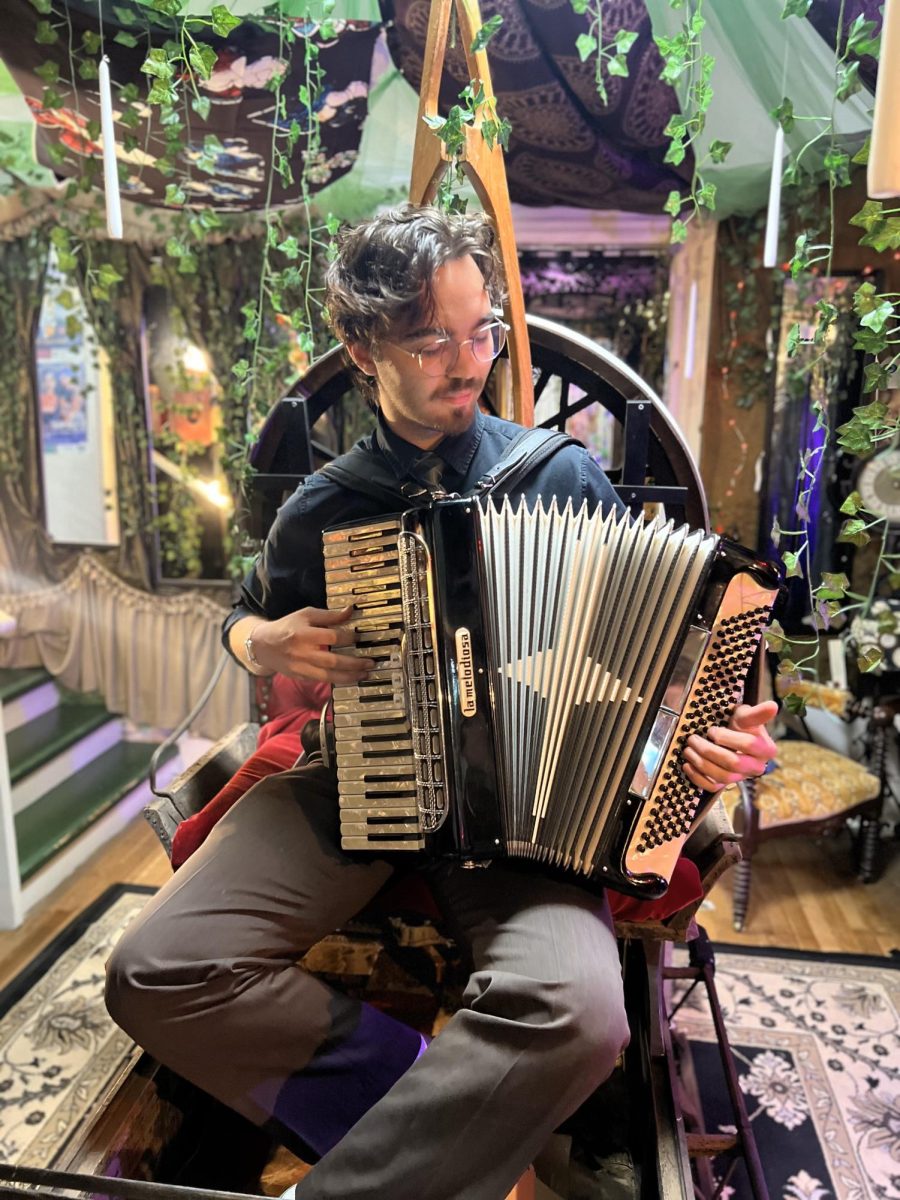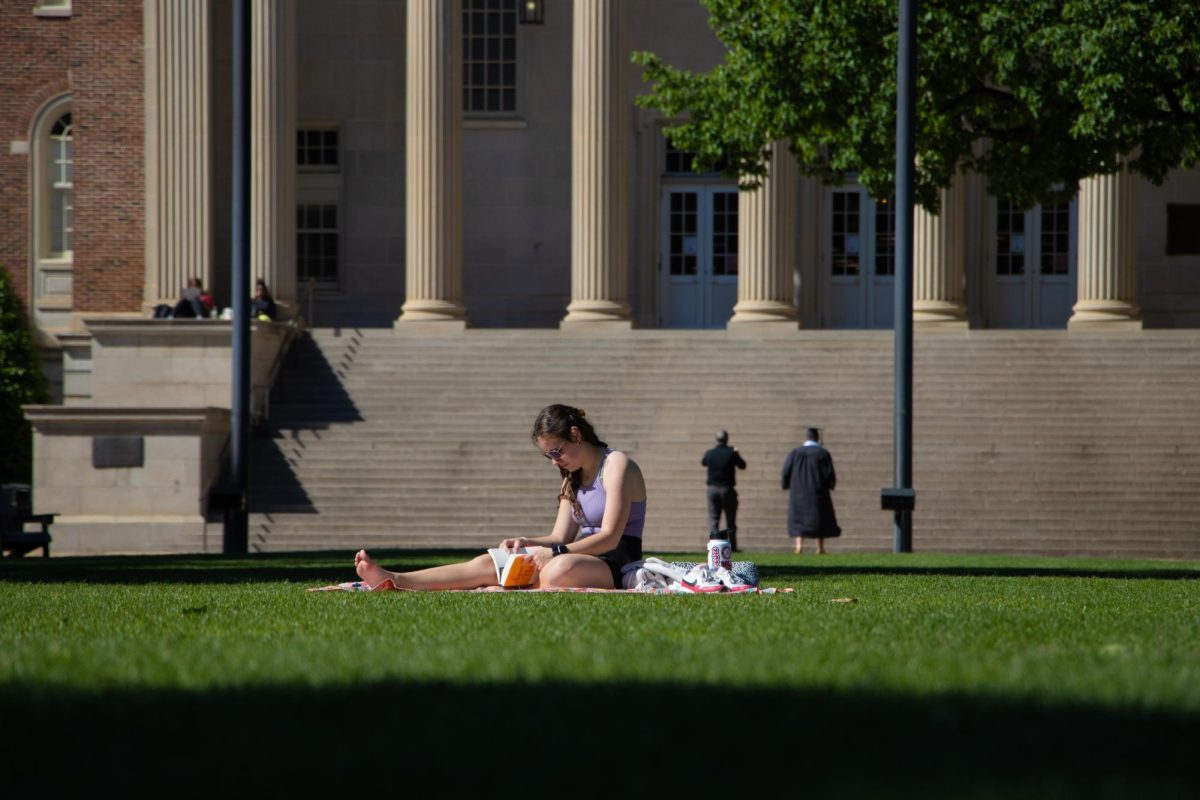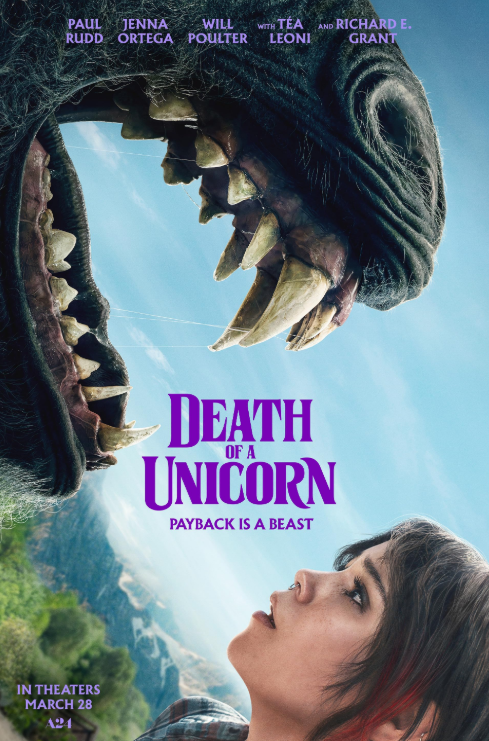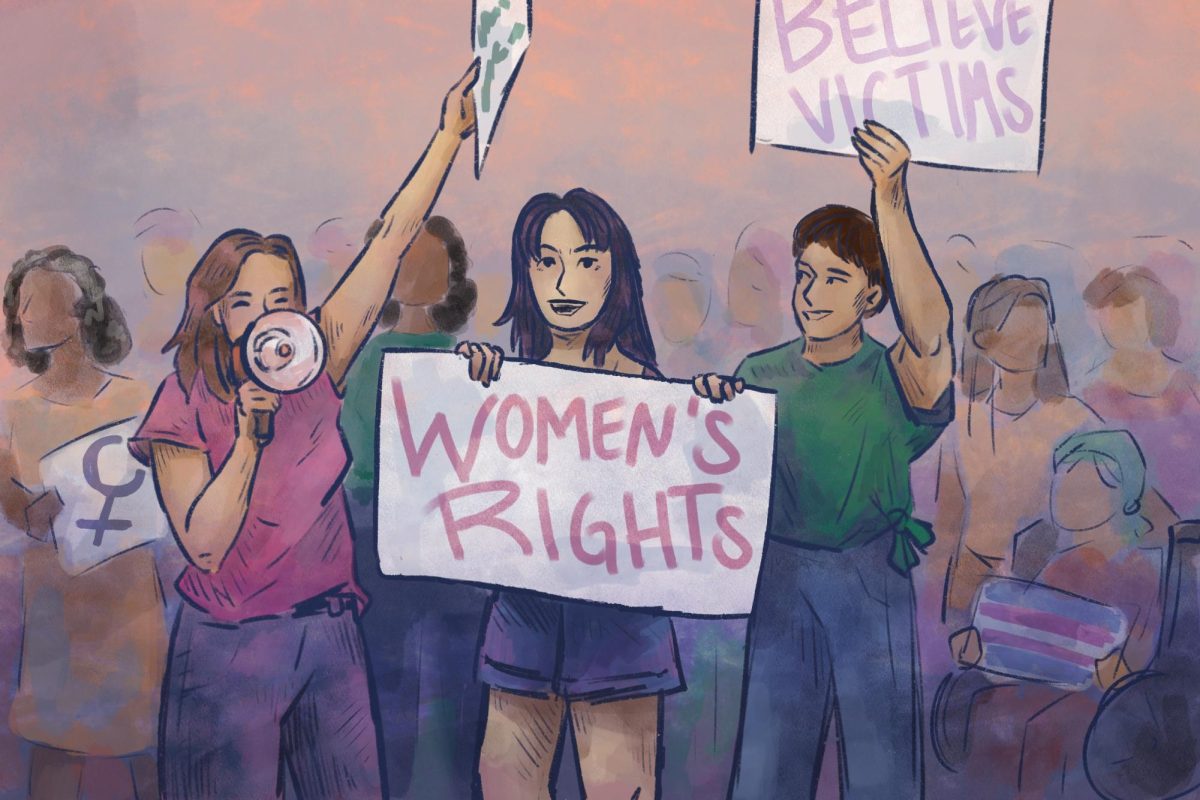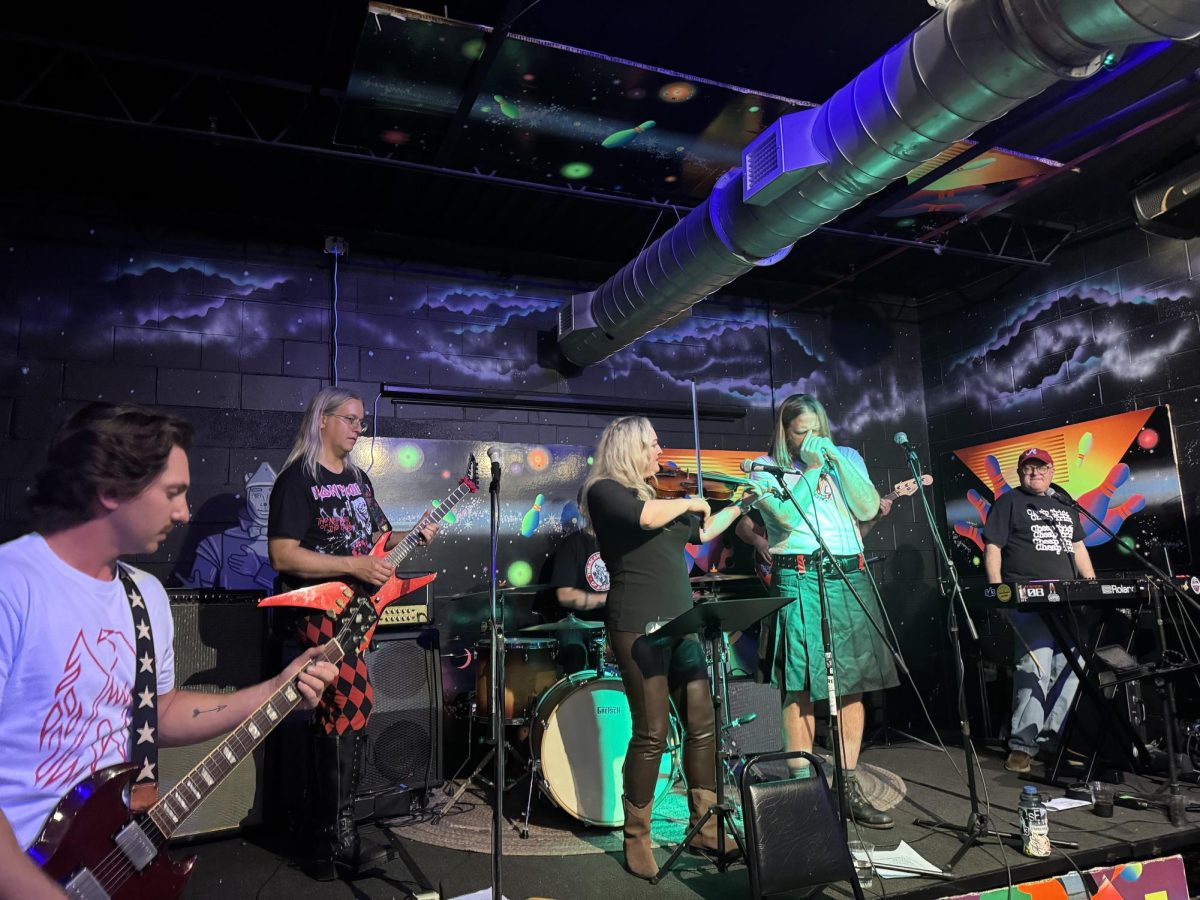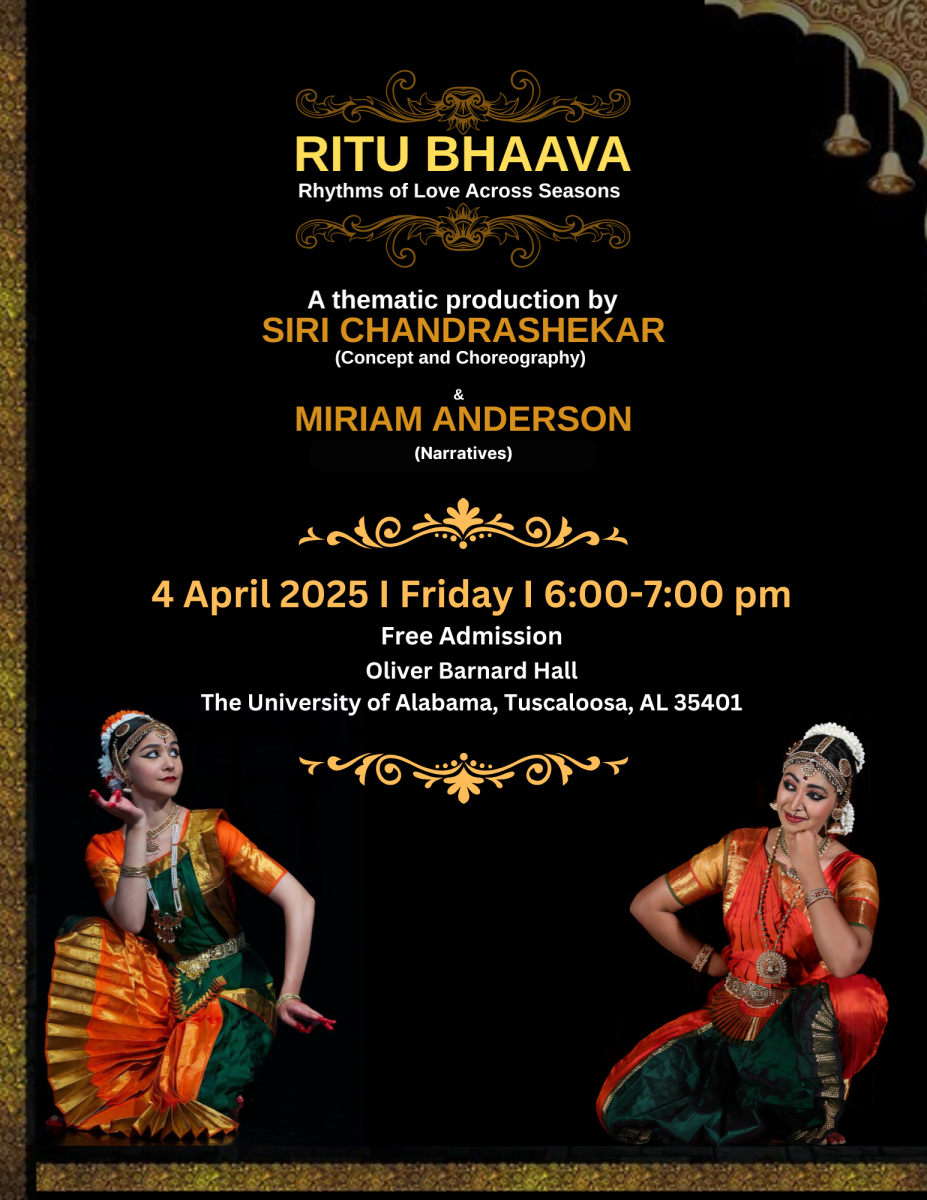If “Joker” is an old man waving his fist at the chaos of society, then “Joker: Folie à Deux,” released on Friday, is that same old man walking back into his house, climbing the stairs, getting ready for bed, turning off the lights and going to sleep.
What made director Todd Phillips’ initial Joker film so good was that it took a well-known side character, virtually eliminated any other recognizable names that would serve as distractions and created a story that actually seemed worth telling. However, by bringing in Harvey Dent, Harley Quinn, and a finale that’s practically begging for Batman to swoop in and save the day, its sequel wipes away the clown makeup and reveals what it truly is — a Hollywood cash grab.
To say that “Joker” wrapped up in a completely conclusive way would be untrue. However, leaving certain things up to the audience after the ending is what many of the best films do. Making sequels purely to continue the story and not to add anything to it is an amateur course of action. This is what makes “Joker: Folie à Deux” such a letdown, as up until the unexpected finale, there is nothing that happens that the audience couldn’t simply infer after the first film.
This film’s story follows Arthur Fleck in the aftermath of the chaos of “Joker,” being admitted to the notorious Gotham City psychiatric facility Arkham Asylum and going on trial for the murders he committed in the first film. This premise certainly could allow for some innovative expansion of the character and the world, but that’s not what happens. Arthur simply goes through the motions in exactly the way the audience would expect, acting sporadically and cracking jokes. It never goes beyond that, which is a stark contrast to the thought-provoking dark messaging present throughout the first film.
“Folie à Deux” does deserve a certain amount of credit for its ambition to try new things. The bad part is that none of them work. Headlining the list of swings and misses is the idea of making the film a musical. Consistently cutting to Joker and Harley singing songs that might have played a couple of times on the radio in the 1950s is not exactly what a “Joker” sequel should entail. It wasn’t at all present in the first film, thus certainly not being what audiences came for in a sequel.
Actor Joaquin Phoenix was the biggest strength of “Joker,” even winning an Academy Award for best leading actor at the 2020 Oscars. He brings that same level of performance in the sequel, just with infinitely less to work with. What made the character interesting in the first film was that he was a ticking time bomb, and viewers were on the edge of their seats waiting for him to blow up. But since the resolution of that time bomb character arc is in “Joker,” Phoenix is really just the same person throughout the entirety of the sequel.
The only interesting character difference in the Joker is that the audience sees how he reacts to having a love interest. However, Harley Quinn, played by Lady Gaga, doesn’t have a whole lot to do in the film. Her character only operates in relation to the Joker, not having any sort of memorable identity of her own and making it seem like Gaga’s inclusion was only to take advantage of her vocals.
In terms of positives, Phillips’ direction is once again superb. Purely from a visual angle, few films this year have been more beautiful to look at. Also, the third act is a real subversion of expectations. It’s jarring, shot well and filled with impact that the first two acts didn’t have.
Overall, “Joker: Folie à Deux” does not have a reason to exist. It doesn’t do anything special, nor does it add anything to the movie that it’s following. Phoenix, Gaga and Phillips all certainly make their talent known, but as the only positives in the entire film, they unfortunately don’t do much to make it worth watching.



